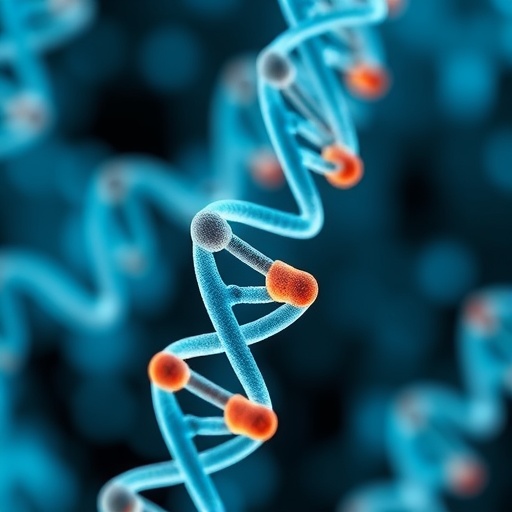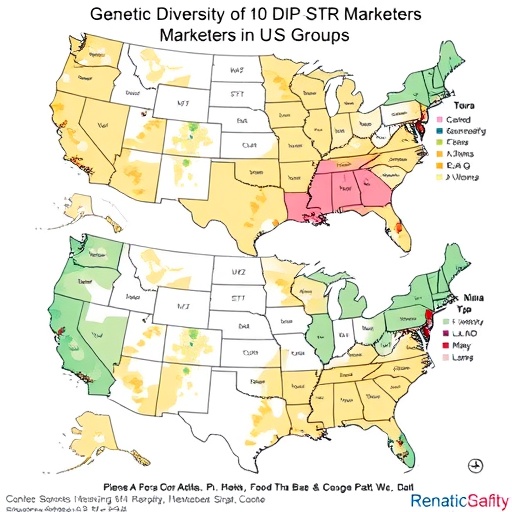DALLAS – May 30, 2019 – An international collaboration led by scientists at UT Southwestern Medical Center has identified a potential new therapeutic target for sepsis, a life-threatening disease that can quickly spread through the body damaging organs.
UT Southwestern researchers and collaborators in China, France, and Sweden, as well as New York and Pennsylvania in the U.S., made a key discovery regarding cellular processes that block pathways in immune cells that lead to sepsis. At a fundamental level, sepsis is an out-of-control inflammatory response that damages organs and critical cellular functions leading to tissue damage.
“If not recognized early and managed promptly, sepsis can lead to septic shock, multiple organ failure, and even death,” said study author Dr. Rui Kang, Associate Professor of Surgery at UT Southwestern who studies sepsis. “Our study provides novel insight into immune regulation related to sepsis and represents a proof of concept that immunometabolism constitutes a potential therapeutic target in sepsis.”
Immunometabolism is the interaction of the body’s natural or innate immune response – how cells detect and react to threats - and metabolism – how cells convert food to energy and building blocks the body needs to function. Immunometabolism is an emerging field of study combining the two traditionally independent disciplines.
Sepsis occurs when an initial infection spreads through the bloodstream to other parts of the body. Early detection and treatment of sepsis is critical, but it can be difficult to detect and to stop before damage to organs and tissue occurs. Treatments can involve antibiotics, fluids, oxygen, dialysis to ensure blood flow to affected organs, and surgery to remove damaged tissue.
“The challenges in diagnosing and treating sepsis are why it is so important to find new therapeutic targets that could potentially shut down the inflammatory response,” Dr. Kang noted.
In this study in mice, researchers targeted Lipopolysaccharide (LPS), a molecule that is part of the outer membrane of gram-negative bacteria, one of the leading pathogens responsible for sepsis and septic shock. Researchers uncovered a pathway involving LPS that could suppress the sepsis response once activated, providing a potentially valuable therapeutic target. The study demonstrates that a neurotransmitter (L-adrenaline) can act on a receptor (ADRA2B) to suppress activation of the pathway (Cytosolic LPS-caspase-11) and the subsequent lethal inflammation.
###
Other UT Southwestern authors are Dr. Herbert Zeh, Chairman of Surgery who holds the Hall and Mary Lucile Shannon Distinguished Chair in Surgery, and Dr. Daolin Tang, Associate Professor of Surgery. The research appears in Science Advances by the American Association for the Advancement of Science.
About UT Southwestern Medical Center
UT Southwestern, one of the premier academic medical centers in the nation, integrates pioneering biomedical research with exceptional clinical care and education. The institution’s faculty has received six Nobel Prizes, and includes 22 members of the National Academy of Sciences, 17 members of the National Academy of Medicine, and 15 Howard Hughes Medical Institute Investigators. The full-time faculty of more than 2,500 is responsible for groundbreaking medical advances and is committed to translating science-driven research quickly to new clinical treatments. UT Southwestern physicians provide care in about 80 specialties to more than 105,000 hospitalized patients, nearly 370,000 emergency room cases, and oversee approximately 3 million outpatient visits a year.
Media Contact
Newsroom
[email protected]
https:/




